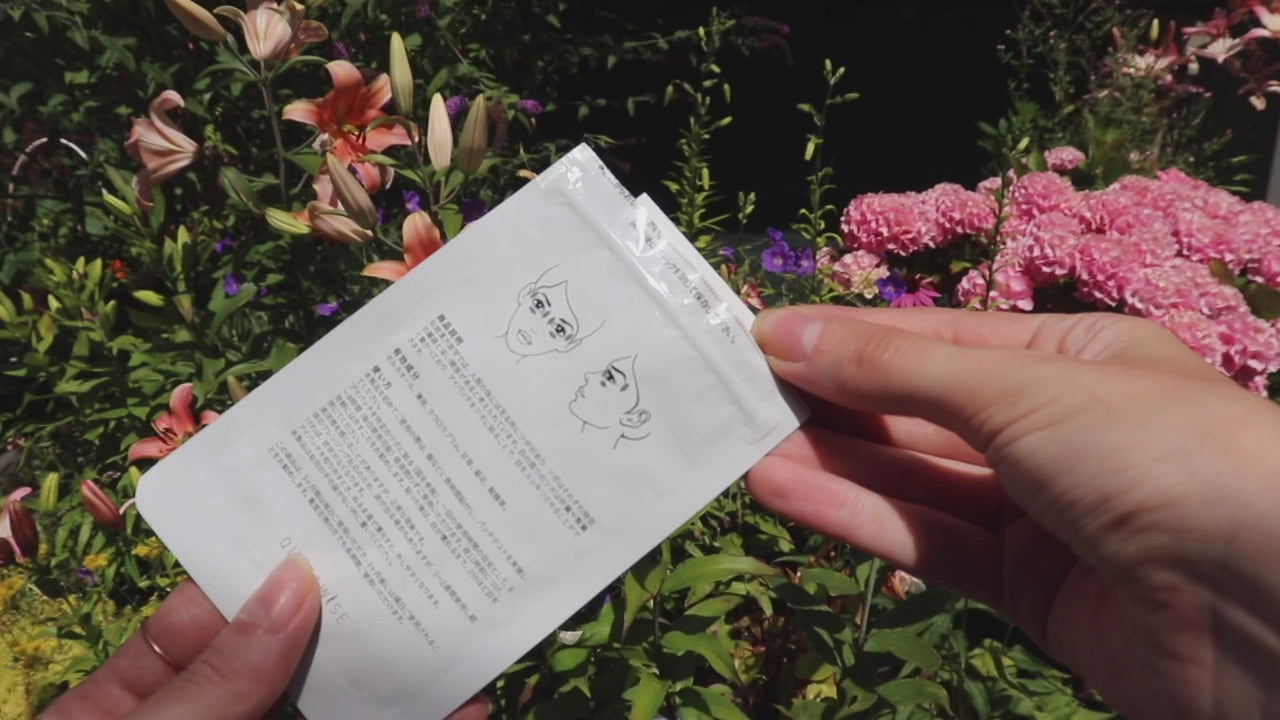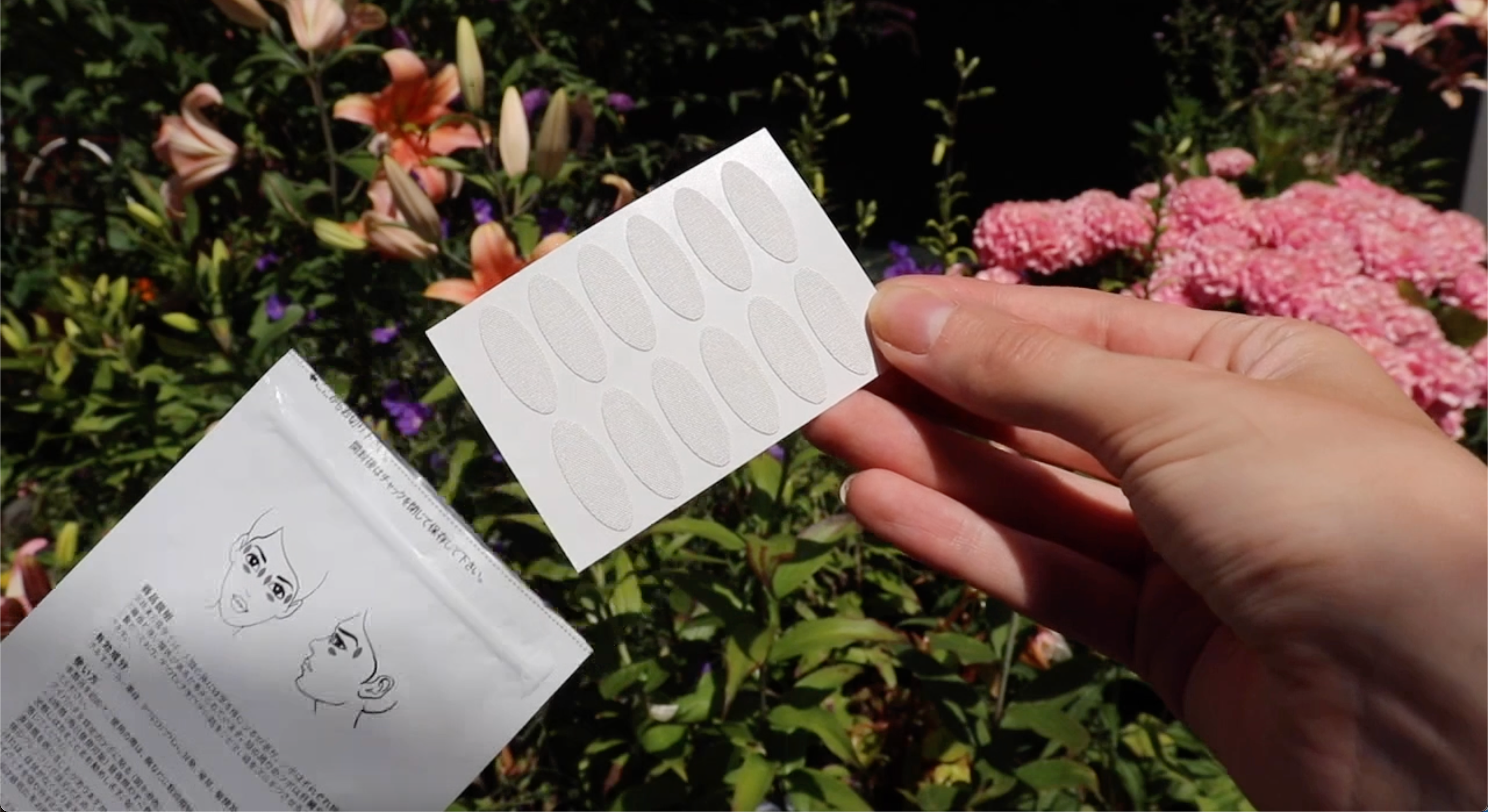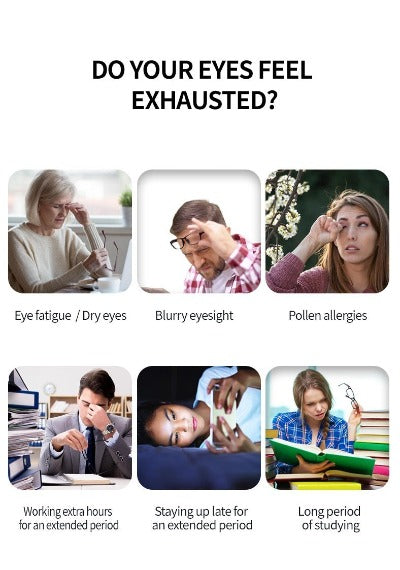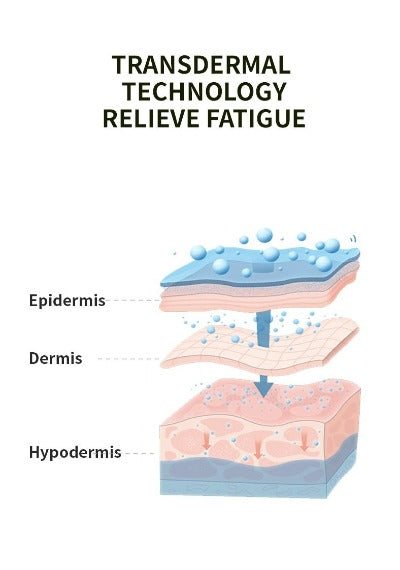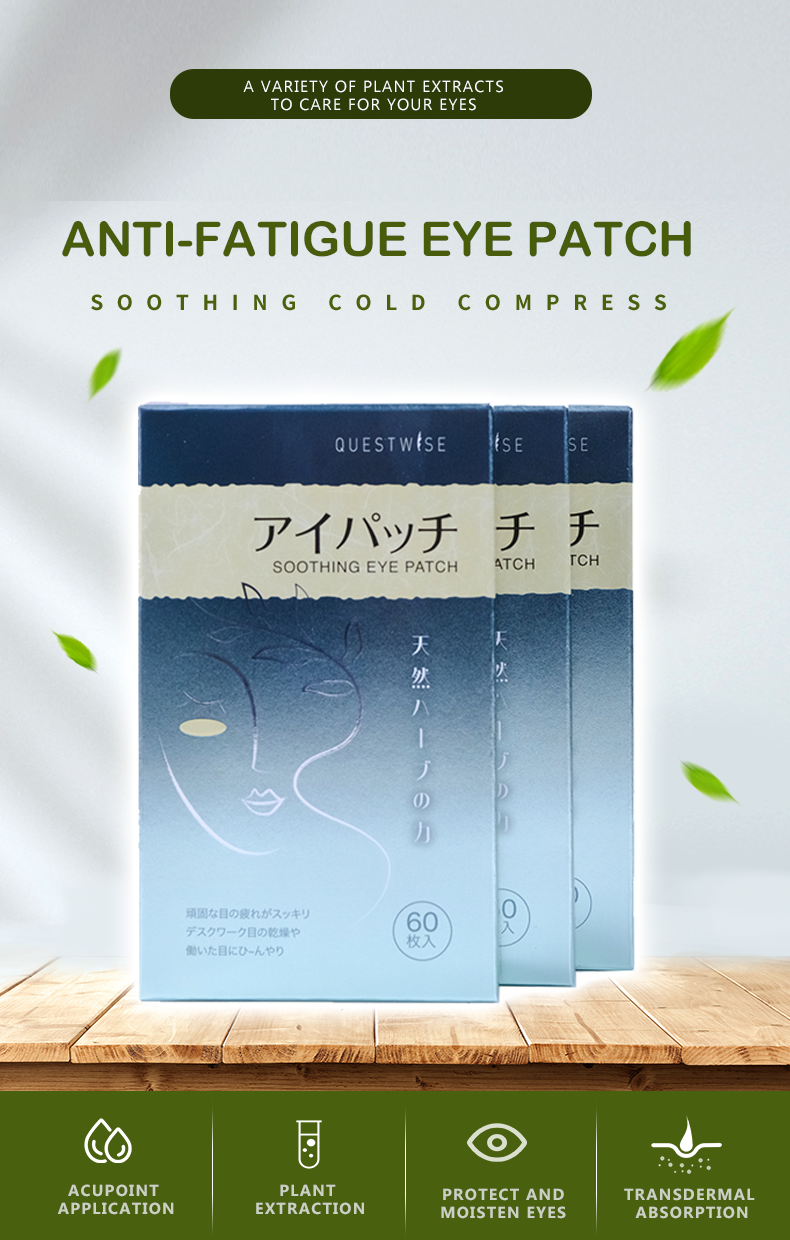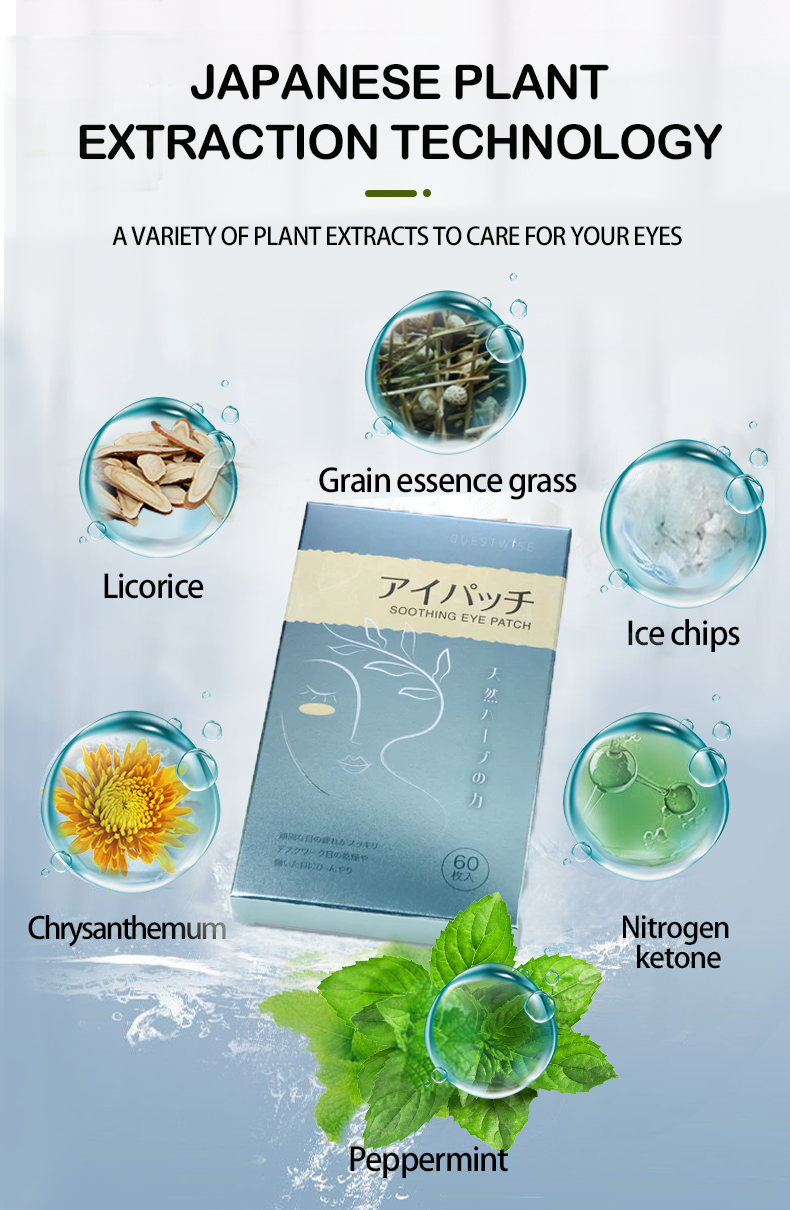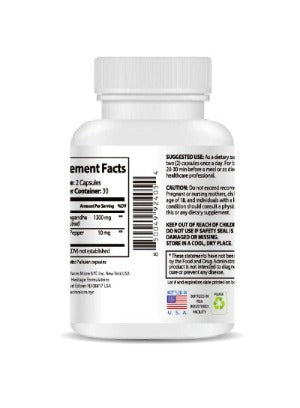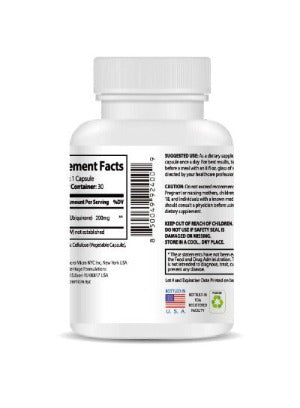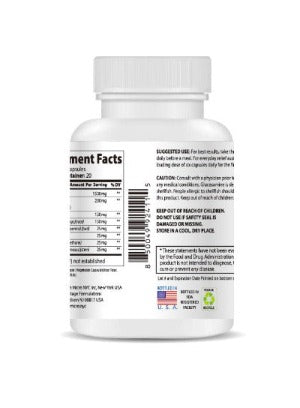Pollen Eye Itch in Kids: A Comprehensive Guide to Safe and Effective Relief Strategies in 2025
As a parent, witnessing your child's discomfort is never easy. The itchy, watery eyes characteristic of pollen season can be particularly distressing for children, impacting their play, sleep, and overall well-being. In 2025, understanding and effectively managing pollen-induced eye irritation is more crucial than ever, given the increasing prevalence of allergies and environmental factors. This comprehensive guide will delve into the causes of pollen eye itch, explore various safe and effective relief strategies, and introduce you to innovative solutions to alleviate your child's suffering. We'll explore preventative measures, home remedies, and natural approaches to help you navigate this common childhood ailment.
Understanding the Science Behind Pollen Eye Itch
Pollen, the microscopic particles released by plants for reproduction, is a significant allergen for many individuals, including children. When these pollen grains come into contact with a child's eyes, their immune system may overreact, triggering an inflammatory response. This response leads to the characteristic symptoms of pollen eye itch: redness, itching, burning, swelling, and excessive tearing. The severity of these symptoms can vary widely, ranging from mild discomfort to significant impairment of vision and daily activities. Understanding the underlying mechanism is the first step towards effectively addressing the issue. The body's immune system mistakenly identifies harmless pollen as a threat, leading to the release of histamine and other inflammatory substances. This causes the blood vessels in the eyes to dilate, resulting in redness and swelling. The release of histamine also stimulates nerve endings, leading to the intense itching sensation.
Identifying the Culprits: Common Pollen Allergens in 2025
Identifying the specific pollen causing your child's allergic reaction can aid in personalized management. Common culprits in many regions include:
- Tree pollen: Oak, birch, maple, and others release large amounts of pollen in the spring. The timing and intensity of tree pollen release vary depending on geographic location and weather patterns.
- Grass pollen: Various grass species release pollen throughout the summer months. Different types of grasses have different pollen release patterns, so knowing the predominant grasses in your area is helpful.
- Weed pollen: Ragweed and other weeds produce significant amounts of pollen in the late summer and fall. Ragweed is a particularly potent allergen, and its pollen can travel long distances on the wind.
Knowing the predominant pollen in your area during specific seasons can help you anticipate and minimize your child's exposure. You can find local pollen counts through weather reports or allergy websites. This information allows for more targeted preventative measures.
Safe and Effective Relief Strategies: A Multi-Pronged Approach
Managing pollen eye itch effectively often requires a multifaceted approach combining preventative measures, home remedies, and, when necessary, medical interventions. Here's a breakdown of strategies that have proven effective:
1. Preventative Measures: Minimizing Exposure
- Monitor Pollen Counts: Regularly check local pollen forecasts to anticipate high pollen days and plan accordingly. Adjust outdoor activities based on the pollen level.
- Limit Outdoor Activities: On high-pollen days, reduce your child's time outdoors, especially during windy conditions when pollen levels are at their peak. Choose indoor activities or outings in less pollen-heavy environments.
- Air Filtration: Use air purifiers with HEPA filters in your home to remove pollen particles from the air. This is especially important in bedrooms where your child sleeps. Consider using air purifiers in the car as well.
- Protective Eyewear: Encourage your child to wear sunglasses or protective eyewear outdoors to shield their eyes from direct pollen exposure. Wrap-around styles are more effective at blocking pollen.
- Regular Cleaning: Keep your home clean and dust-free to minimize pollen accumulation. Wash bedding frequently in hot water. Vacuum regularly using a vacuum with a HEPA filter.
- Showering After Outdoors: Encourage your child to shower after spending time outdoors to remove pollen from their hair and skin, which can then transfer to the eyes.
- Change Clothes: Have your child change clothes after being outside to remove pollen that may have attached to their clothing.
2. Home Remedies for Soothing Relief
- Cool Compresses: Applying cool, damp compresses to your child's eyes can help reduce swelling and soothe inflammation. Repeat as needed throughout the day. Ensure the compress is clean and use fresh water each time.
- Artificial Tears: Over-the-counter artificial tears can lubricate and rinse the eyes, washing away pollen and reducing irritation. Choose preservative-free options for sensitive eyes. Use as directed on the packaging.
- Gentle Eye Cleansing: Wash your child's eyes gently with lukewarm water to remove pollen particles. Avoid rubbing, which can exacerbate irritation. Use a clean washcloth each time.
- Avoid Rubbing: Teach your child not to rub their eyes, as this can worsen irritation and increase inflammation.
3. Natural Solutions for Long-Term Comfort
For long-term relief and support for eye health, consider natural solutions that promote healing and reduce inflammation. For gentle yet effective relief from pollen-induced eye irritation, the Wise Quest Soothing Eye Patches - 3-Month Wellness Pack provides a natural alternative. These patches, infused with traditional Chinese herbal medicine, target eye fatigue, dryness, astringency, redness, and swelling, all common symptoms associated with pollen allergies. This comprehensive 3-month supply ensures continuous soothing relief. The patches are designed to be comfortable and easy to use, making them ideal for children.

Key Benefits of Wise Quest Soothing Eye Patches:
- Gentle and effective relief from eye discomfort.
- Reduces redness, swelling, and inflammation.
- Promotes healthy blood circulation around the eyes.
- Suitable for sensitive eyes and children.
- 3-month supply ensures consistent care.
- Easy to apply and comfortable to wear.
- All-natural ingredients promote gentle relief.
The Wise Quest Soothing Eye Patches - 3-Month Wellness Pack offers a holistic approach to supporting your child's eye health during pollen season and beyond. They can be used as part of a comprehensive allergy management plan, in conjunction with other preventative measures and home remedies.

Remember to always follow the instructions on the product packaging. If you have any concerns about the use of these patches for your child, it's always best to consult your pediatrician.
4. When to Seek Medical Attention
While many cases of pollen eye itch can be effectively managed at home, it's crucial to consult a pediatrician or allergist if your child experiences severe symptoms, such as:
- Persistent, severe eye itching and swelling that doesn't respond to home treatments.
- Difficulty opening their eyes due to swelling.
- Vision impairment or changes in vision.
- Signs of infection, including yellow or green discharge from the eyes.
- Increased sensitivity to light.
- Symptoms that significantly interfere with your child's daily activities, such as sleep or school.
A medical professional can assess your child's condition, rule out other underlying issues, and recommend appropriate treatment, including prescription medications if necessary. They may also perform allergy testing to identify specific pollen allergens.
Additional Tips for Managing Pollen Eye Itch in Children
Beyond the strategies already discussed, here are some additional tips to help manage your child's pollen eye itch:
- Keep Nails Short: Ensure your child's fingernails are kept short to minimize the risk of scratching their eyes, which can worsen irritation.
- Hydration: Encourage your child to drink plenty of fluids to stay hydrated, as dehydration can exacerbate allergy symptoms.
- Diet: A healthy, balanced diet can support overall immune function and help the body cope with allergies more effectively.
- Stress Reduction: Stress can sometimes worsen allergy symptoms. Encourage relaxation techniques, such as deep breathing exercises or mindfulness practices.
Conclusion: Empowering Parents in 2025
Pollen eye itch in children is a common yet manageable condition. By employing a combination of preventative measures, home remedies, and potentially natural supplements like the Wise Quest Soothing Eye Patches - 3-Month Wellness Pack, you can effectively soothe your child's discomfort and improve their quality of life during pollen season. Remember that early intervention and proactive management are key to minimizing the impact of pollen allergies. Always consult with a healthcare professional for any concerns regarding your child's health.
By following these comprehensive strategies and incorporating natural solutions such as the Wise Quest Soothing Eye Patches, you can equip yourself and your child to navigate pollen season with comfort and confidence.



